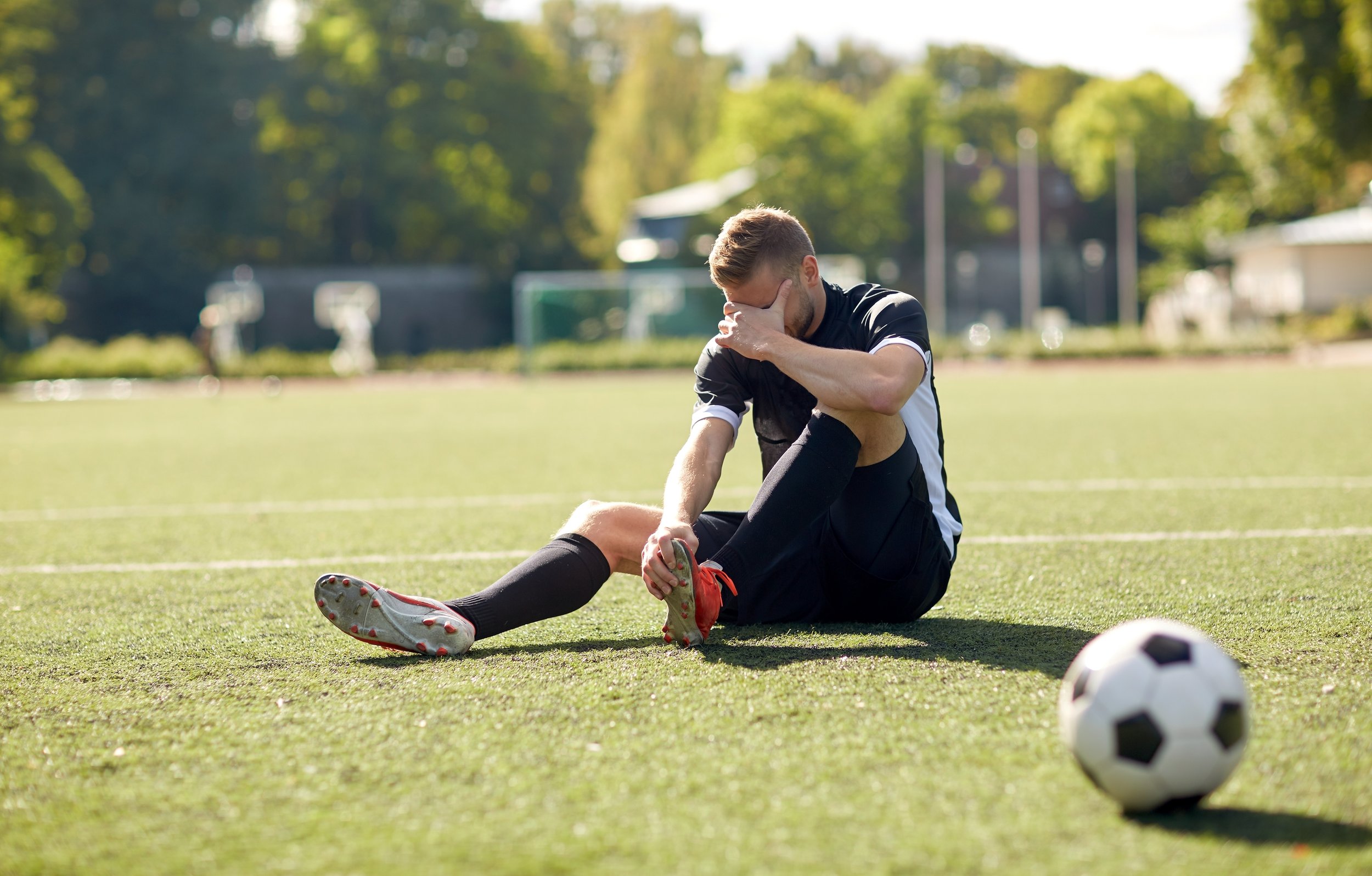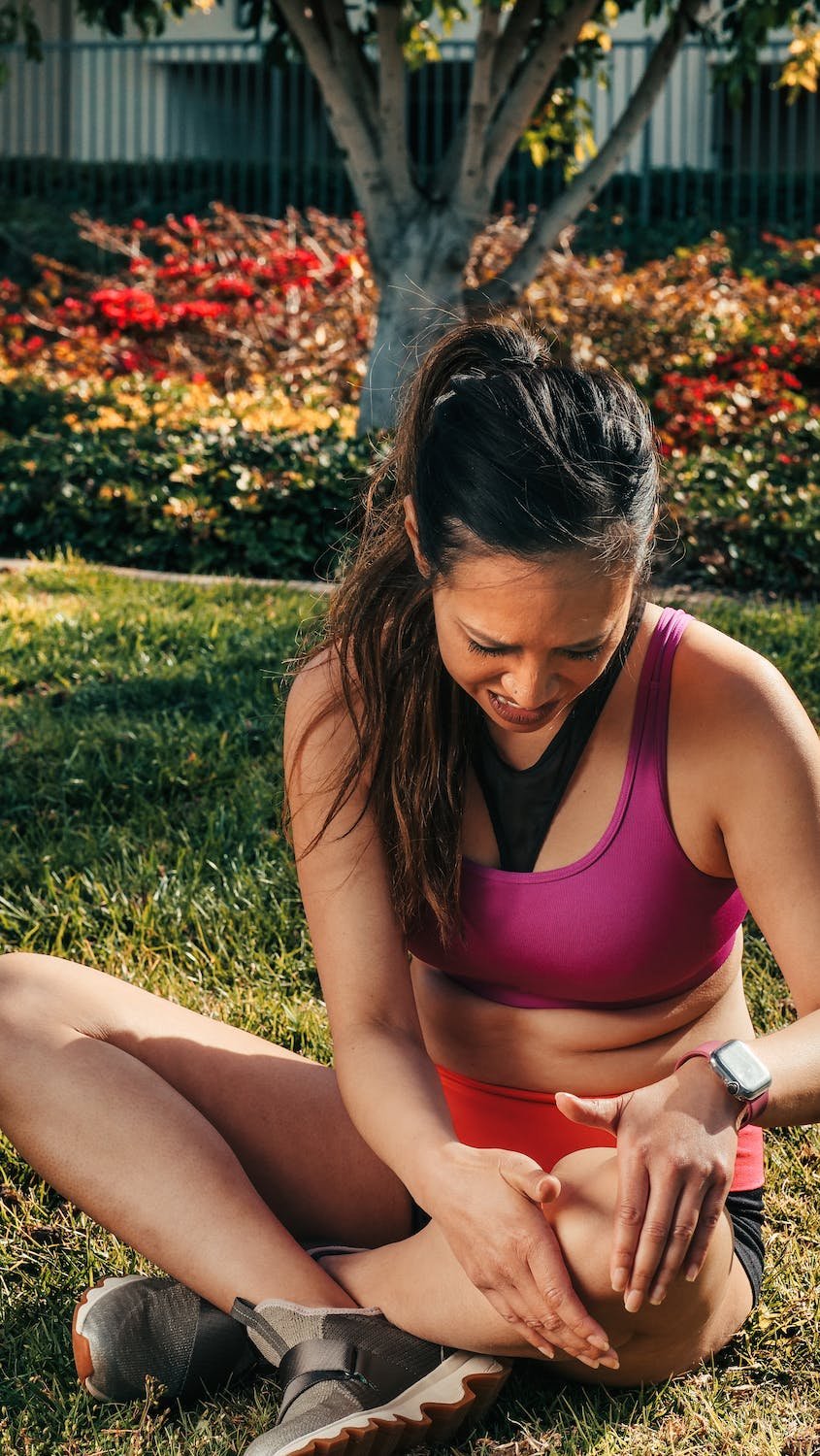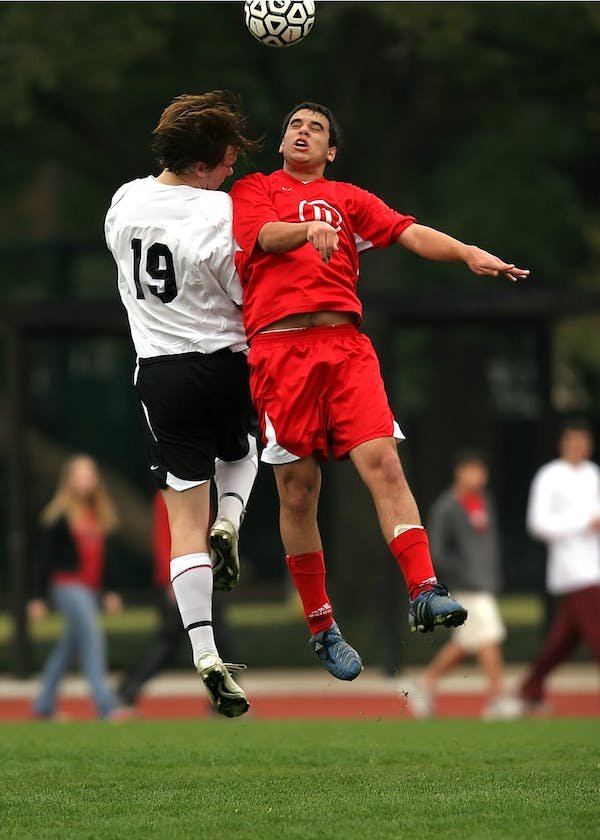
Knee Ligament injury
What is a knee ligament injury?
A knee ligament injury refers to damage or tearing of one or more ligaments in the knee joint. Ligaments are tough bands of fibrous tissue that connect bones together, providing stability and support to the joint. The knee is a complex joint that relies on several ligaments to function properly and withstand the stresses placed upon it during daily activities or sports.
The main ligaments in the knee are: the anterior cruciate ligament (ACL), posterior cruciate ligament (PCL), medial collateral ligament (MCL), lateral collateral ligament (LCL). The LCL also forms part of the
The posterolateral corner (PLC) which is a complex anatomical region in the knee joint. It is located on the outer (lateral) side of the knee and involves several structures such as LCL, popliteal fibula ligament and the popliteus tendon.
Knee ligament injuries can occur due to various reasons, such as sudden twisting or pivoting movements, direct blows to the knee, or excessive force applied to the joint. Sports activities that involve quick changes in direction, jumping, or contact can put individuals at a higher risk of sustaining a knee ligament injury.
The severity of a knee ligament injury can range from mild sprains, where the ligament is stretched but not torn, to complete tears. Symptoms of a knee ligament injury may include pain, swelling, instability, difficulty walking or bearing weight on the affected leg, and a popping or snapping sensation at the time of injury.
How severe is my knee ligament sprain?
If you have recently had a twisting knee injury followed by pain, swelling and a loss of movement then it is quite likely you may have injured the major structures in the knee such as the ligaments, articular cartilage or meniscus. In this case it is important to have a healthcare professional who has a special interest in the lower limb to assess the knee to see if you need a MRI scan or even surgery.
An knee ligament sprain can cause the soft tissues that surround the knee joint to overstretch. The soft tissues that can be stretched are called ligaments, these are tough bands of tissue which connect the femur to the tibia. These ligaments alongside muscles can help provide some stability and support to the knee joint. Ligaments have specific boundaries which they can stretch to and when you go beyond this, this can result in a tear. When knee sprains cause an injury to the ligaments we often classify them into different grades of tear.
Grade 1 - tear to the ligament but no laxity
Grade 2 - tear to the ligament with laxity
Grade 3 - complete rupture of the ligament
Physiotherapy for acute knee pain.
The initial aim of physiotherapy is to control pain, reduce swelling and to start early movement of the ankle joint to prevent stiffness and muscle weakness. The acronym ‘MICE’ can help you with this:
Movement: as soon as you feel able, you can start gradually increasing how far you can walk and start some gentle exercises. Moving your foot up and down, then in circular motions is a good start.
Ice: can be effective for pain relief and is useful to apply for up to 2 days after the injury.
Compression: may be effective for pain relief and swelling. A compression device can be used. It should feel tight but not so much that you feel numbness or an increase in pain.
Elevation: can help reduce pain and swelling. Raise your foot above the level of your heart if possible and when you are in bed, rest your ankle on a pillow.
For optimal swelling management a balance between regular movement, effective compression and elevation must be found.
How Greenwood Physio can help
Some knee injuries or flare ups can can cause persistent pain and instability making a return to sport or day to day life really difficult. A thorough assessment of your knee to establish the stability, range of movement, strength and control will be undertaken. We will plan a progressive knee rehabilitation programme to help you achieve your aims and goals. If this is to return to your sport we will need to get the knee used to the individual demands of your chosen sport. This may involve high level jumping and hopping drills called plyometrics which will building strength and power in your legs.
When appropriate I will use a well researched functional testing procedure to ensure a timely and safe return to sport. A return to sport can be a difficult physical and mental hurdle to overcome. Over the last 10 years I have collaborated with orthopaedic surgeons and have written post-operative knee rehabilitation protocols on a number of surgical procedures including a return to sport criteria. I will run through a series of physical tests which will help determine if you are ready to return to sport after you’re knee injury or operation.
Written by Tim Barker (Lower Limb Clinical Specialist Physiotherapist)
I’m a few weeks into an MCL tear and Tim has been fantastic. A great source of knowledge, he really knows his stuff and has tailored his support to me. It’s still early days for me, but I would highly recommend his services if you want to fast track your recovery so you can get back to doing what you love.
Rowan Triffit, 5 star review on google


